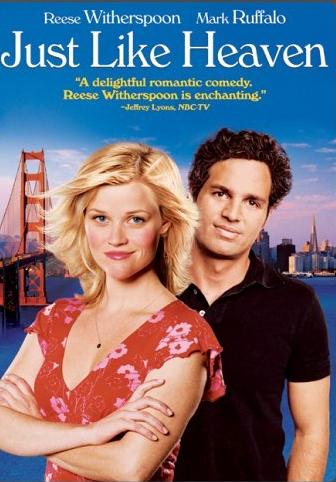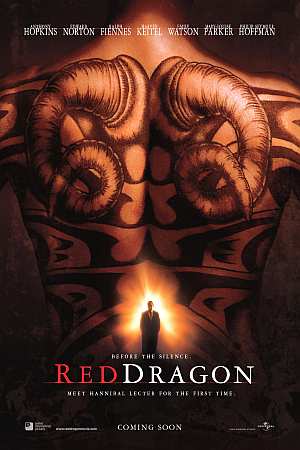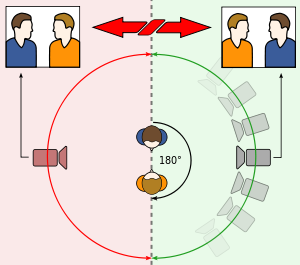The slasher film 'Halloween' is a American-based horror film from 1978. The film was based in Haddonfield, Illinois. The film is the first installment in the Halloween movie franchise. According to Wikipedia, 'Halloween was produced on a budget of $325,000 and grossed $47 million at the box office in the United States', which makes it very successful.
The pumpkin with a light in it symbolises Halloween, and the zoom in on the pumpkins intensifies the opening, and makes the audience quite nervy, which is related to the horror genre of film. When the pumpkin fades out there are small children singing and the last words they say is trick or treat. Using little children portrays innocence, but you can't help but feel that this innocence may go against them in the film. After that they show the outside of the house the camera is a handheld sub pov which is shaking to make it look exactly like it looks we are the killer. As the killer is walking around the house you can hear owls in the background to add a realism to the scene, but at the same time it sounds quite cautious. The house is detached which makes it look like any normal surburban house, but there is a huge focus on it which suggests this house will have a big role to play in the film. The sudden screech and ambient sound of the breathe of the killer makes the audience quite nervous and quivery. As he has eye contact with his victim she is humming to herself which portrays she is happy, but as this is a horror and he is a killer, this of course is about to change. There is a long-take which indicates that no editing is going on, which is good as it makes the film more realistic, and the diegetic whistling sound is the same a owner would call its dog, which is giving the women animalistic imagery of being a dog. The reverse Crane shot in shows we are shocked to find is a boy, which would shock the audience, as he is indeed the killer








.jpg/220px-Frankenstein%27s_monster_(Boris_Karloff).jpg)






